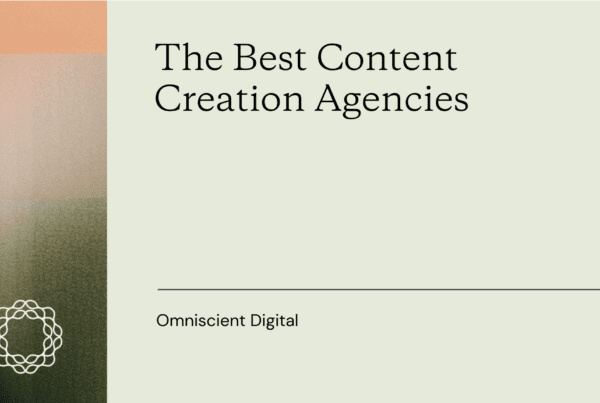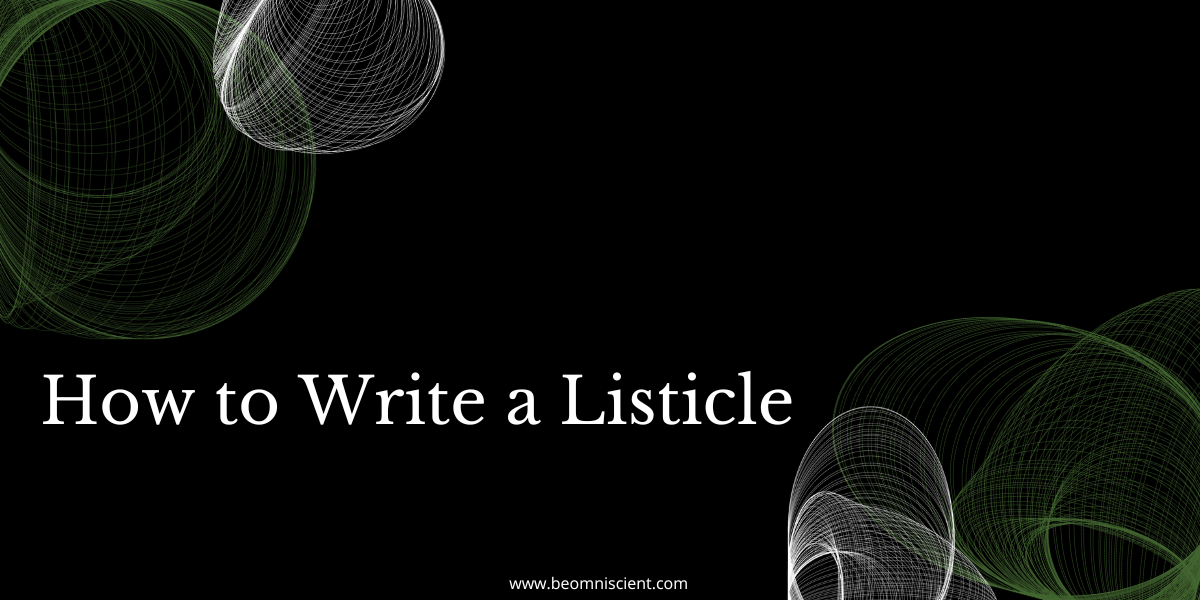
Want to create content that not only informs but also entertains your audience?
Despite their reputation as “clickbait,” listicles can be a powerful content strategy that has the potential to go viral and increase engagement with your brand.
Here’s what we’ll cover:
- What Exactly Are Listicles?
- What’s so Special About Listicles?
- How to Create a Stellar Listicle
- Aren’t Listicles Bad for SEO?
- Listicle Templates
What Exactly are Listicles?
Listicles are a popular content format that combines the structure of a list with the depth of an article. This unique blend makes them an ideal format for tackling complex, ever-changing, and subjective topics, while also keeping the content easy to skim, well-organized, and measurable.
According the BuzzFeed editor, Jack Shepherd, there are three main types of listicles: the simple listicle, the definitive listicle and the framework listicle.
The simple listicle
Simple listicles are the most basic type of listicle. Popularised by Buzzfeed, these beauties offer exactly what it says on the tin: a simple list.
As Jack Shepherd puts it, “109 Cats in Sweaters is literally that. There’s nothing more.”

While at first glance this basic listicle may appear rudimentary, writing a numbered list can be a great way to attract top-of-the-funnel readers. Particularly if you’ve already written lots of long-form content, sharing a few simple tips can be a great way to balance out your barbell content marketing strategy.
Top tip: If you’ve ever read any articles that involve any of these phrases–mistakes, ideas, trends, tips, lessons, hacks, secrets, myths, benefits or tools—it’s most likely a simple listicle.
Simple Listicle Examples:
- The 33 Most Useful Keyboard Shortcuts for Google Chrome
- 20 Budget Storecupboard Meals
- 15 email etiquette rules that every professional needs to know
- 12 Best Programmatic Advertising Platforms to Use in 2023
- The 11 Best Ways to Send Large Files
- 20 Statistics About Sales Email Subject Lines You Need to Know for 2023
- 17 Events and Conferences for Black Entrepreneurs in 2023
The Definitive Listicle
Definitive listicles–aka expanded list posts–aim to provide an exhaustive list of items on a particular topic, leaving no stone unturned. They’re ideal for complex topics with multiple aspects or features that need to be addressed in detail.
This is your typical–“100 movies to watch before you die”–sort of list post.

We’re not just looking for a few pointers, we want the whole shebang. The point isn’t to try every single option or even to read every paragraph. Normally, definitive listicles aim to help the reader make a decision or complete a particular action.
Definitive Listicle Examples:
- 27 Simple and Free SEO Tools to Instantly Improve Your Marketing [Updated for 2023]
- 184 Best Email Subject Lines And Why They Work! (2023)
- 37 Best Landing Page Examples of 2022 (For Your Swipe File)
- Google’s 200 Ranking Factors: The Complete List (2022)
- Email Etiquette: 27 Rules to Make a Perfect Impression on Anyone
The Framework Listicle
A framework listicle is a type of listicle that provides a step-by-step process, guiding the reader through a specific topic. They’re a great way to showcase expertise in a particular area while offering actionable steps that the reader can take.
What makes the framework list format particularly useful is that it can simplify a complicated topic by following a chronological order or narrative. Instructional guides like recipes are perhaps the most obvious example. They are great ways to structure in-depth information without overwhelming the reader.
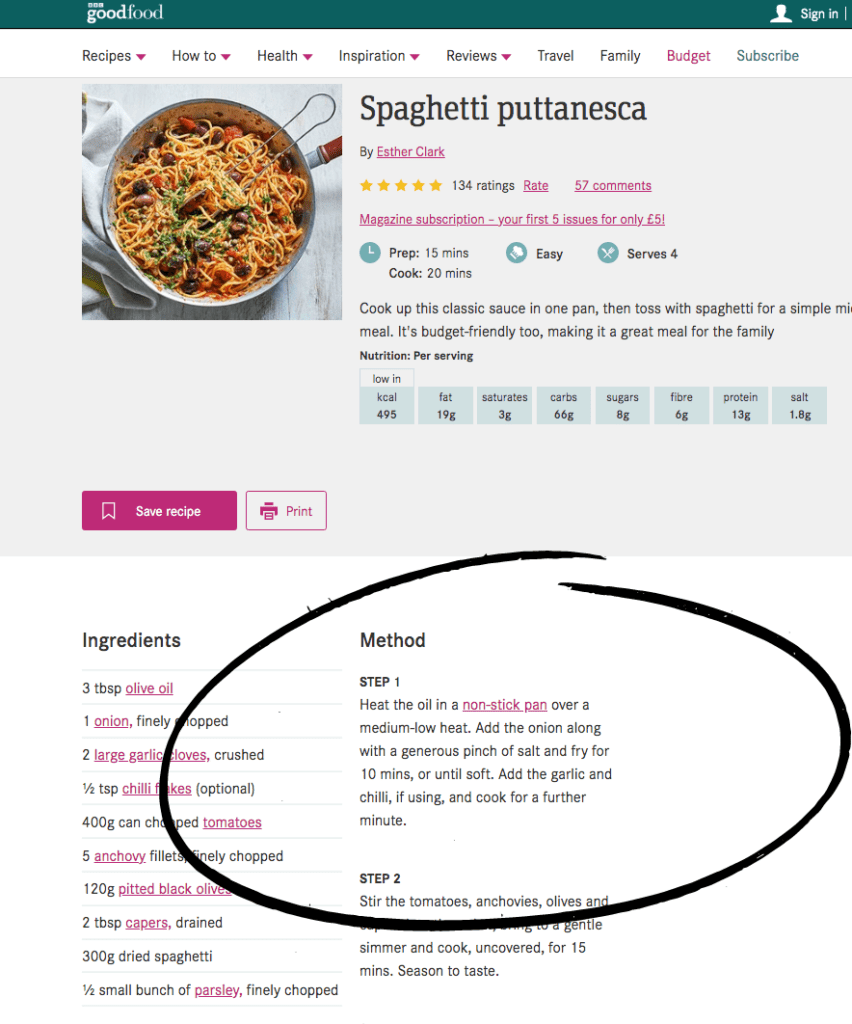
This type of listicle is by far the most important out of the three options. They are the foundation of many of the top content marketing machines on the internet, from HubSpot to Backlinko.
Framework Listicle Examples:
- “3 Link Building Methods That Helped Pet Keen Grow to 3M Organic Traffic“
- “7 Advanced Content Promotion Strategies for 2022“
- “Sales Call Mapping: 7 Key Steps for Structuring Effective Sales Calls“
- “8 Transformative Edits to Strengthen Weaknesses in Your Writing”
- “18 Habits of Highly Productive People: What Efficient People Have in Common”
Why Should We Use Listicles?
Simple listicles offer several SEO benefits, including:
- Featured Snippets: Listicles tend to appear in featured snippets, the box at the top of Google search results that highlights a concise answer to the user’s query. This can increase your visibility and attract more clicks.

- Opportunity for Product-Led Content: Simple listicles can be an effective way to showcase your products or services by highlighting their benefits or unique features within the list. This can help drive conversions and sales while providing valuable information to your audience.

- Insane Popularity: According to BuzzSumo’s extensive study on viral articles–nine out of the top twenty headlines were all listicles.

How to Create a Stellar SEO Listicle
Step 1: Conduct Keyword Research
Most listicles suck because they fail at conception. Rather than focus on what the reader actually wants to know, they either go too broad or target highly competitive keywords.
This is why keyword research is such a useful tool. By studying the search intent, we can make sure that readers are actually looking for answers. And that it’s actually achievable for our brand.

Key tips for finding high-quality listicle topics:
- Look for plural keywords. These often suggest the reader is looking for a list rather than a specific answer or solution.
- Search the term on Google. Generally, you can figure out if the reader wants a listicle by observing the top-ranking SERPs. If the first few websites feature listicles, it’s a good indication of search intent. (Top Tip: The “People also ask” section is another goldmine for assessing search intent. In this case, the key questions asked could all be answered in listicle format.)

- Use Google Trends to discover popular topics. By comparing different keywords, you can also figure out which core keywords potential readers are choosing.

Step 2: Choose long-tail keywords for sub-headings.
When creating a listicle, consider using a long-tail target keyword for each individual list item to maximize the potential for organic search traffic. By targeting specific, less competitive keyword phrases, you can increase your chances of ranking higher in search results and reaching your target audience.
For example, instead of jumping straight into a list of “journalling prompts”, consider including more specific long-tail keywords as subtopics. This not only makes the content more relevant to readers but also improves the chances of attracting organic search traffic.

Another benefit of using long-tail keywords is that they help to capture the intent of the searcher. People often use longer, more specific phrases when searching for something online, so using long-tail keywords in your listicle can help ensure that your content is more closely aligned with the searcher’s intent.
Top tip: If your blog post runs on the longer side, include a Contents Section at the beginning for quick navigation. Not only does it improve the reader experience, but it also helps search engine crawlers.
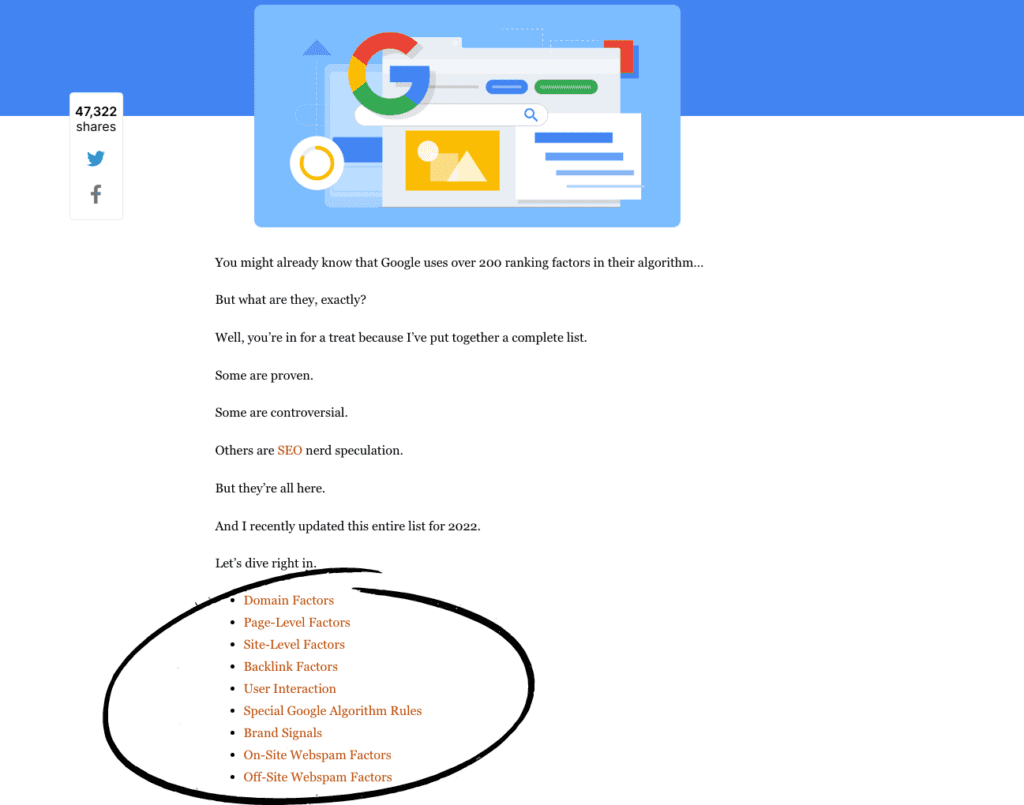

Step 3: Write an introduction with the PAS framework
One simple and effective way to frame your listicle introduction is by using the PAS (Problem, Agitate, Solve) framework. This framework has been used by copywriters for years to write persuasive copy that engages readers and drives action. When applied to list posts, it can help you create intros that hook readers and keep them interested in your content.
Here’s how it works:
- Problem: Start by identifying the problem or pain point that your readers are experiencing. This could be anything from a common frustration to a specific challenge they’re trying to overcome. The key is to tap into their emotions and make them feel like you understand their struggles.
Example: “Are you tired of feeling overwhelmed by your to-do list? Do you struggle to stay on top of deadlines and juggle competing priorities?”
- Agitate: Once you’ve identified the problem, it’s time to agitate it. This means highlighting the negative consequences of not solving the problem, and making the reader feel like the stakes are high. This is where you can really tap into their emotions and create a sense of urgency.
Example: “Not being able to manage your tasks effectively can lead to missed deadlines, unhappy clients, and a lot of stress and anxiety. It can also hold you back from achieving your goals and making progress in your career.”
- Solve: Finally, you want to offer a solution to the problem. This is where you introduce your listicle and explain how it can help the reader solve their problem and achieve their goals. Be sure to highlight the benefits of reading your list posts, and make it clear why it’s worth their time.
Example: “The good news is that there are plenty of task management tools and strategies that can help you stay on top of your workload and achieve more in less time. In this listicle, we’ll share our top picks for the best task management tools for remote workers, so you can stay productive and focused no matter where you’re working from.”
Step 4: Substantiate Your Points
Just about anybody can throw together a list; what makes a good list article is the context of each point. Have you clearly explained each subhead and why it matters to your reader?
What this may look like however will vary; the context for each listicle will differ depending on the problem. For example, if you’re writing about home decor ideas you’ll want to include photographic inspiration, like this list post by Ideal Home:

But if you’re writing about exercise tips you may want to share scientific studies, like this article by Muscle And Fitness:

Step 5: Include helpful call-to-actions
Make sure to share useful links and CTA’s for subheadings for additional information. If your reader’s interest has been piqued, you want to make it as easy for them to take the next step as possible.
Here are two great examples:
LifeHack shares further reading for each listicle point, for topics that resonate with readers:
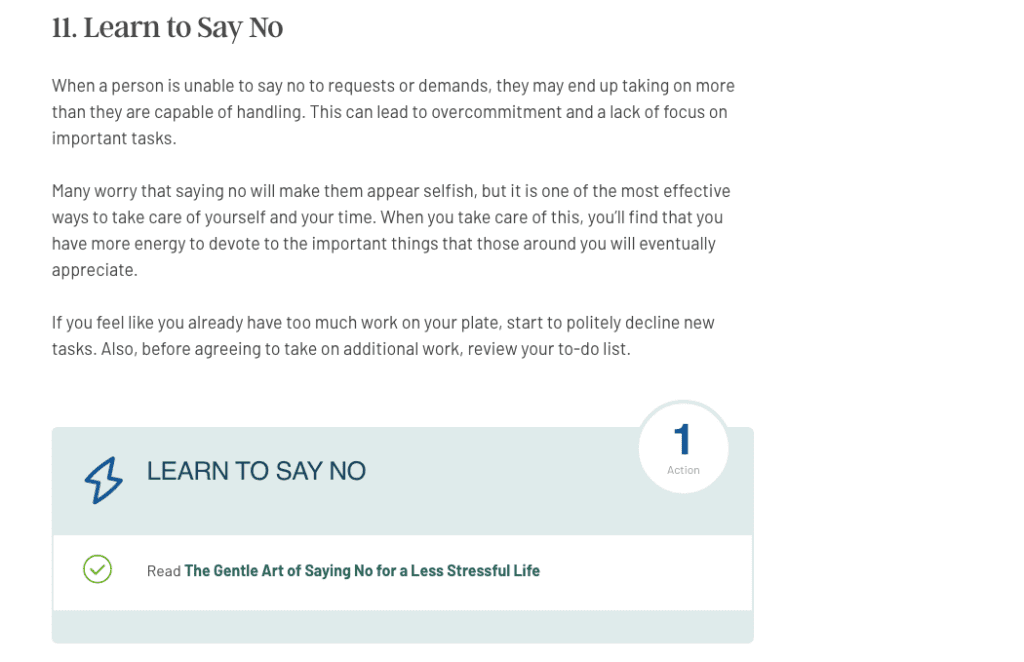
Ideal Home shares a clear link to purchase the curated products mentioned, like the lampshade depicted in the photo:

Top Tip: Listicles are great opportunities for product-led content. If your company’s products, courses or content naturally fit within your list–it’s a great inbound way to self-promote that’s mutually beneficial.
Step 6: Find the right hook
When it comes to crafting a list post, not all headlines are created equal. There are a variety of different appeals you can use to add some extra pizazz to your list title:
- Reader-Specific Appeal: “22 Sales Email Mistakes New Reps Make In Their First 100 Days“.
- Benefit-Focused Appeal: “8 Effective Sales Prospecting Email Templates That People Will Want to Open“.
- Emotional Appeal: “10 heartwarming stories of animal rescues that will make you cry”
- Curiosity: “7 surprising benefits of drinking green tea every day”
- Urgency: “5 Last-Minute DIY Christmas Gift Ideas You Can Make in Under an Hour”
- Controversy: “The top 10 myths about organic food debunked”
- Exclusivity: “7 insider tips to get the most out of your vacation in Bali”
3 Tried-and-True Listicle Templates
Writing listicles can be fiddly. PAS frameworks, keyword research tools, including the right CTA’s–it can be a lot to remember!
This is why I’ve created three templates for convenience. If you can’t quite remember if you’ve followed all the steps for awesome SEO listicles, just take a quick glance below:
The Simple Listicle Template
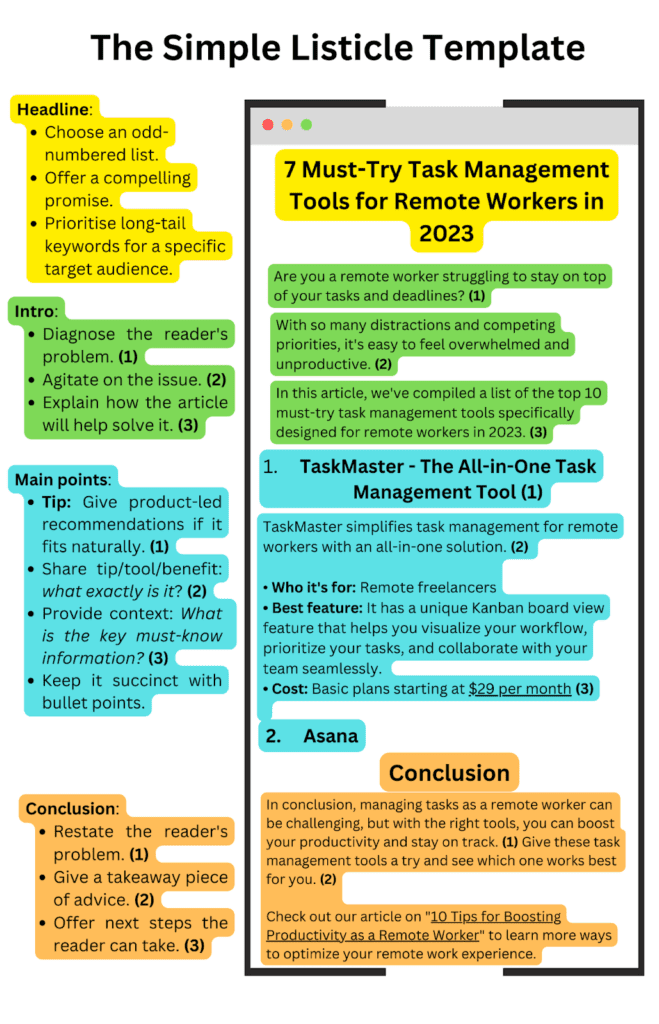
The Definitive Listicle Template
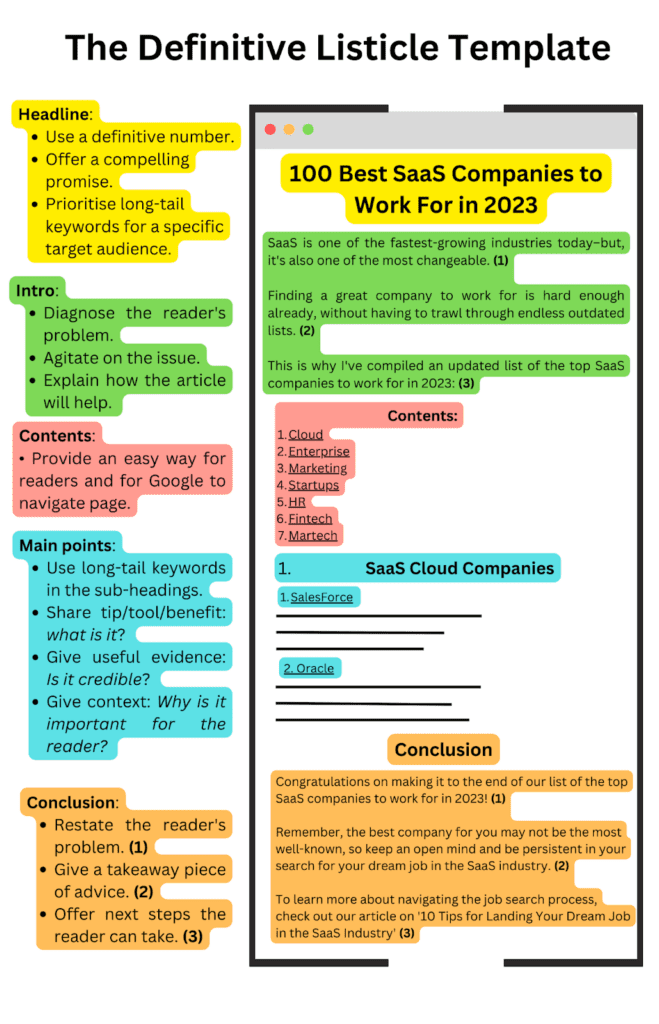
The Framework Listicle Template
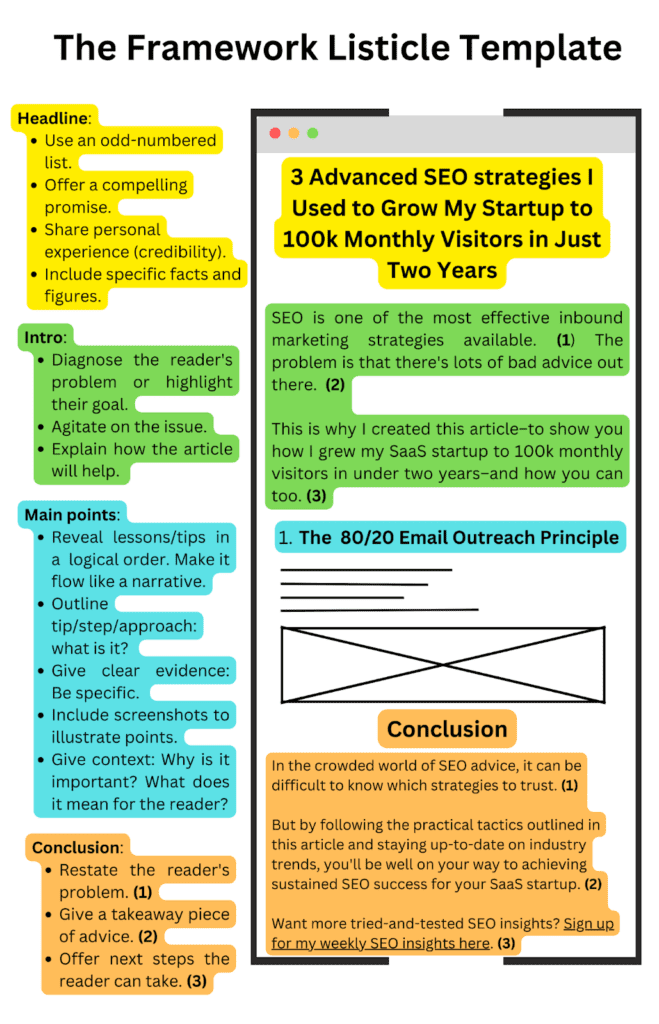
Which Listicle Template Is Right For Me?
Deciding which listicle template to use can be challenging, but there are a few key factors to consider that can help guide your decision.
- Your topic: Consider the subject matter of your listicle. If you are trying to explain a complex process or topic, a framework may be the best fit. If you want to rank for a particular keyword, a definitive listicle may be the way to go. And if you want to write an important shortlist of a few ideas–the simple list is perfect.
- Your audience: Think about who you are trying to reach with your listicle. What are their interests and needs? What format will resonate with them the most? For example, if you are targeting a technical audience, a how-to listicle with detailed steps may be more effective, whereas a simple listicle may be more appealing to a general consumer audience.
- Your goal: Consider what you hope to achieve with your list articles. Are you trying to educate your potential readers, drive traffic to your website, or generate leads for your business? Depending on your goal, a different listicle template may be more effective.
- Your resources: Finally, think about the resources you have available to create your listicle. If you have limited time or resources, a simple listicle may be the easiest to produce. However, if you have more time and other resources available, a more complex framework listicle may be worth the investment.
By considering these factors, you can make an informed decision about which listicle template is the best fit for your content and your goals.
But, Aren’t BuzzFeed-Style Listicles Supposed to Be Bad For SEO?
It’s true, search engines like Google tend to rank expansive blog posts over pithy listicles.
The reason for this is that it tends to assume article length is a good indication of quality. However, this doesn’t mean we should banish simple listicles from our content marketing strategies–far from it!
Instead, what you’ll notice with most popular blogs is that 99% of the time they will often mix and match different aspects of their content depending on the topic.
This is best observed in “ultimate guides”, a simple listicle will often fit under an individual section, while another part may focus on offering a framework with expansive points for each step.
Just check out this amazing listicle by UserPilot:

Not only does this listicle share eight great examples, but it also weaves in-depth information including definitions and best practices for your own business.
Conclusion
Well-written listicles can be a powerful tool in any content marketer’s arsenal. By following a simple, definitive, or framework listicle format, you can organize your thoughts and present information in a clear, concise manner.
No matter which template you choose, remember to keep your listicle engaging and visually appealing. Use eye-catching headlines and images, break up your content into easily digestible sections, and don’t be afraid to inject your own personality into your writing. Listicles work because they’re fun and allow you to quickly scan the most valuable items, without having to drudge your way through multiple paragraphs of fluff.
So next time you sit down to write a blog post, consider using one of these listicle templates to streamline your content creation process and captivate your audience.

